Typhoid fever, which remains a global health problem, is common in developing countries where there is overpopulation and poor sanitary condition. Typically if detected early, it can be successfully managed with antibiotics but if untreated, this illness can be fatal.
In this study guide, you’ll learn all about typhoid fever including its transmission, symptoms, management, and nursing interventions.
What is Typhoid Fever?
The name Salmonella typhi is derived from the ancient Greek typhos, an ethereal smoke or cloud that was believed to cause disease and madness.
- Typhoid fever, also known as enteric fever, is a potentially fatal multisystemic illness caused primarily by Salmonella enterica serotype typhi and, to a lesser extent, Salmonella enterica serotypes paratyphi A, B, and C.
- Typhoid fever has a wide variety of presentations that range from an overwhelming multisystemic illness to relatively minor cases of diarrhea with low-grade fever.
- It may have responsible for the Great Plague of Athens at the end of the Peloponnesian War.
- Untreated typhoid fever may progress to delirium, obtundation, intestinal hemorrhage, bowel perforation, and death within 1 month of onset.
Pathophysiology
All pathogenic Salmonella species, when present in the gut are engulfed by phagocytic cells, which then pass them through the mucosa and present them to the macrophages in the lamina propria.
- Salmonella typhi and paratyphi enter the host’s system primarily through the distal ileum.
- They have specialized fimbriae that adhere to the epithelium over clusters of lymphoid tissue in the ileum (Peyer patches), the main relay point for macrophages traveling from the gut into the lymphatic system.
- Typhoidal salmonella co-opt the macrophages’ cellular machinery for their own reproduction as they are carried through the mesenteric lymph nodes to the thoracic duct and the lymphatics and then through to the reticuloendothelial tissues of the liver, spleen, bone marrow, and lymph nodes.
- Once there, they pause and continue to multiply until some critical density is reached; afterward, the bacteria induce macrophage apoptosis, breaking out into the bloodstream to invade the rest of the body.
- The bacteria then infect the gallbladder via either bacteremia or direct extension of infected bile; the result is that the organism re-enters the gastrointestinal tract in the bile and reinfects Peyer patches.
- Bacteria that do not reinfect the host are typically shed in the stool and are then available to infect other hosts.
Causes
Typhoid fever is commonly acquired through an ingestion of food or water contaminated by the urine or feces of infected carriers. While a typhoidal salmonella have no nonhuman vectors.
- Contaminated food. Paratyphi is more commonly transmitted in food from street vendors; it is believed that some such foods provide a friendly environment for the microbe.
- Migration. Paratyphi is more common among newcomers to urban areas, probably because they tend to be immunologically naive to it; also, travellers get little or no protection against paratyphi fro the current typhoid vaccines, all of which target typhi.
- Decreased stomach pH. Typhoidal salmonella are able to survive a stomach pH as low as 1.5; antacids, histamine-2 receptor antagonists (H2 blockers), proton pump inhibitors, gastrectomy, and achlorhydria decrease stomach acidity and faciltate S typhi infection.
- Poor hygiene. As the middle class in south Asia grows, some hospitals there are seeing a large number of typhoid fever cases among relatively well-off university students who live in group households with poor hygiene.
Statistics and Incidences
Since 1900, improved sanitation and successful antibiotic treatment have steadily decreased the incidence of typhoid fever in the United States.
- Typhoid fever occurs worldwide, primarily in developing nations whose sanitary conditions are poor.
- Typhoid fever is endemic in Asia, Africa, Latin America, the Caribbean, and Oceania, but 80% of cases come from Bangladesh, China, India, Indonesia, Laos, Nepal, Pakistan, or Vietnam.
- Typhoid fever infects roughly 21.6 million people and kills an estimated 200, 000 people every year.
- Treated, it has few long-term sequelae and a 0.2% risk of mortality.
- Untreated typhoid fever is a life-threatening illness of several weeks’ duration with long-term morbidity often involving the central nervous system.
- Fifty-four percent of typhoid fever cases in the United States reported between 1999 and 2006 involved males.
- Most documented typhoid fever cases involve school-aged children and young adults.
Clinical Manifestations
Clinical syndromes associated with Salmonella typhi and paratyphi are indistinguishable. The following are the signs and symptoms of typhoid fever:
- Fever. The fever pattern is stepwise, characterized by a rising temperature over the course of each day that drops by the subsequent morning; the peaks and troughs rise progressively over time.
- Gastrointestinal symptoms. Over the course of the first week of illness, the notorious gastrointestinal manifestations of the disease develop; these include diffuse abdominal pain and tenderness and, in some cases, fierce colicky right upper quadrant pain.
- Rose spots. The patient develop rose spots, which are salmon-colored, blanching, truncal, maculopapules usually 1-4 cm wide and fewer than 5 in number; these generally resolve within 2-5 days.
- Abdominal distention. The abdomen becomes distended, and soft splenomegaly is common; on the third week, abdominal distention is severe.
- Pea soup diarrhea. Some patients experience foul, green-yellow, liquid diarrhea.
Assessment and Diagnostic Findings
The diagnosis of typhoid fever is primarily clinical.
- Culture. The criterion standard of typhoid fever has long been culture isolation of the organism; cultures are widely considered 100% specific.
- Polymerase chain reaction. PCR has been used for the diagnosis of typhoid fever with varying success.
- Radiography. Radiography of the kidneys, ureters, and bladder is useful if bowel perforation is suspected.
- CT scanning and MRI. These studies may be warranted to investigate for abscesses in the liver or bones, among other sites.
- Bone marrow aspiration. The most sensitive method of isolating S typhi is BMA culture.
- Histologic findings. The hallmark histologic finding in typohid fever is infiltration of tissues by macrophages that contain bacteria, erythrocytes, and degenerated lymphocytes.
Medical Management
Treatment for typhoid fever should not be delayed for confirmatory tests since prompt treatment drastically reduces the risk of complications and fatalities.
- Medical care. If a patient presents with unexplained symptoms described above within 60 days of returning from an typhoid fever endemic area or following consumption of food prepared by an individual who is known to carry typhoid, broad-spectrum empiric antibiotics should be started immediately.
- Surgical care. Surgery is usually indicated in cases of intestinal perforation; if antibiotic treatment fails to eradicate the hepatobiliary carriage, the gallbladder should be resected.
- Diet. Fluids and electrolytes should be monitored and replaced diligently; oral nutrition with a soft digestible diet is preferable in the absence of abdominal distention or ileus.
- Activity. No specific limitation on activity are indicated for patients with typhoid fever; as with most systemic diseases, rest is helpful, but mobility should be maintained if tolerable.
Pharmacological Management
Definitive treatment of typhoid fever is based on susceptibility.
- Antibiotics. Until susceptibilities are determined, antibiotics should be empiric, for which there are various recommendations.
- Corticosteroids. Dexamethasone may decrease the likelihood of mortality in severe typhoid fever cases complicated by delirium, obtundation, stupor, coma, or shock if bacterial meningitis has been definitely ruled out by cerebrospinal fluid studies.
Nursing Management
Nursing management of a patient with typhoid fever include the following:
Nursing Assessment
Assessment of a patient with typhoid fever include:
- History. Assess the patient’s history of travel, if any; a severe, nonspecific febrile illness in a patient who has been exposed to typhoidal salmonella should always raise the diagnostic possibility of typhoid fever.
- Physical exam. The clinical presentation of typhoid fever varies from a mild illness with low grade fever, headache, fatigue, malaise, loss of appetite, cough, constipation and skin rash or rose spots to in some cases, a fatal complications such as intestinal perforations, gastrointestinal hemorrhages, encephalitis and cranial neuritis
Nursing Diagnosis
Based on the assessment data, the major nursing diagnosis for typhoid fever are:
- Risk for fluid volume deficit related to less intake, nausea, vomiting, and diarrhea.
- Imbalanced nutrition: less than body requirements related to less intake due to nausea, vomiting, anorexia or diarrhea related to excessive output.
- Acute pain related to inflammation of the small intestine.
- Activity intolerance related to mandatory bed rest.
- Hyperthermia related to increase in metabolic rate.
Nursing Care Planning and Goals
The major nursing care planning goals for typhoid fever:
- To maintain a normal fluid volume.
- To improve intake of nutritional requirements.
- To reduce or diminish pain.
- To resume ADLs.
- To maintain a normal body temperature.
Nursing Interventions
The following are the nursing interventions for a patient with typhoid fever:
- Provide assistance for ADLs. Provide assistance to meet their daily needs; involve the family in the fulfillment of ADL; and explain the purpose of bed rest to prevent complications and speed up the healing process.
- Encourage increase in fluid intake. Monitor the status of hydration as needed; monitor the fluid intake daily; encourage an increase in fluid intake; and collaborate with other medical team for IV fluid administration.
- Improve nutritional intake. Monitor the amount of caloric intake; monitor weight loss; provide a comfortable environment during meals; and encourage an increase in protein and vitamin C intake to meet nutritional needs.
- Reduce or diminish pain. Assess the level of pain, location, duration, intensity, and characteristics; provide warm compresses on areas with pain; and administer analgesics as prescribed.
- Improve body temperature. Monitor patient temperature degree and patterns; observe for chills and profuse diaphoresis; provide tepid sponge baths and avoid the use of ice water and alcohol; and administer antipyretics as prescribed.
Evaluation
Nursing goals for typhoid fever are met as evidenced by:
- Patient was able to maintain a normal fluid volume.
- Patient was able to improve intake of nutritional requirements.
- Patient was able to reduce or diminish pain.
- Patient was able to resume ADLs.
- Patient was able to maintain a normal body temperature.
Documentation Guidelines
Documentation in a patient with typhoid fever include:
- Individual findings, including factors affecting, interactions, nature of social exchanges, specifics of individual behavior.
- Cultural and religious beliefs, and expectations.
- Plan of care.
- Teaching plan.
- Responses to interventions, teaching, and actions performed.
- Attainment or progress toward the desired outcome.
References
Sources and references for this study guide for typhoid fever:
- Black, J. M., & Hawks, J. H. (2005). Medical-surgical nursing. Elsevier Saunders,. [Link]
- Kimberlin, D. W. (2018). Red Book: 2018-2021 report of the committee on infectious diseases (No. Ed. 31). American academy of pediatrics.
- Willis, L. (2019). Professional guide to diseases. Lippincott Williams & Wilkins. [Link]






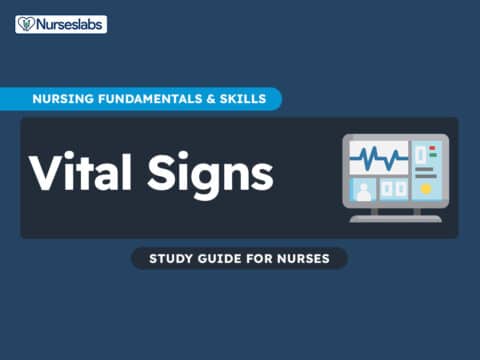
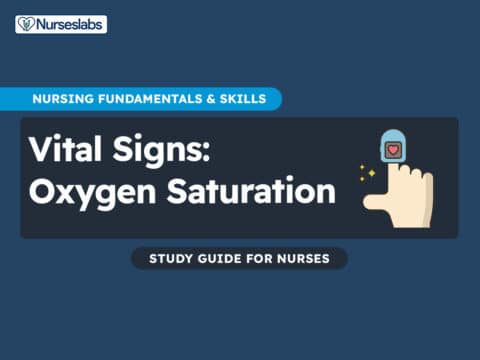




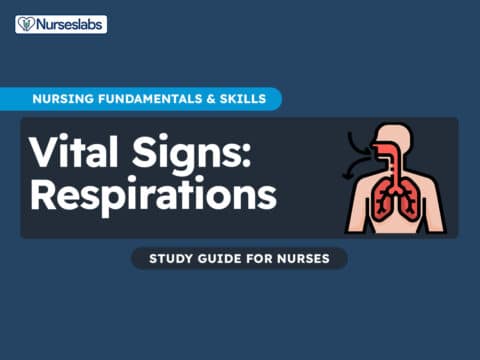

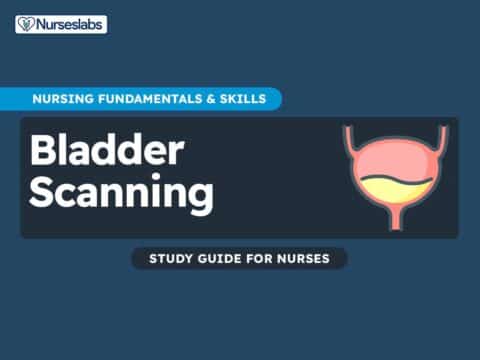



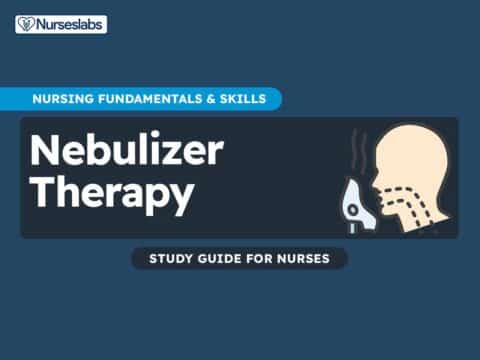









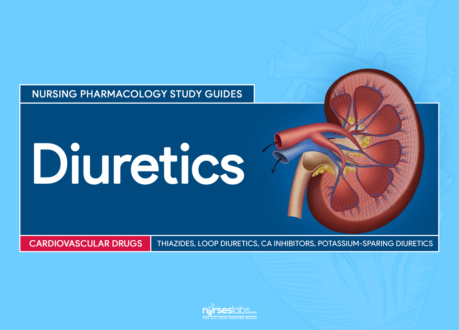

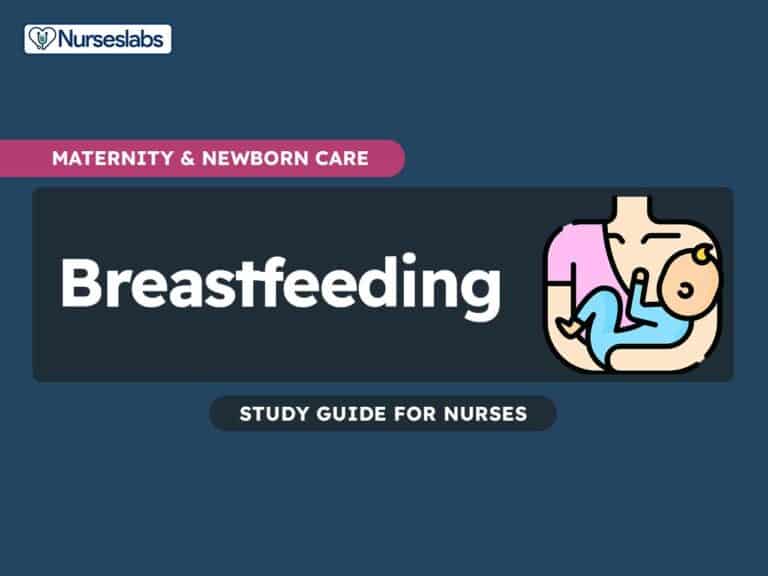

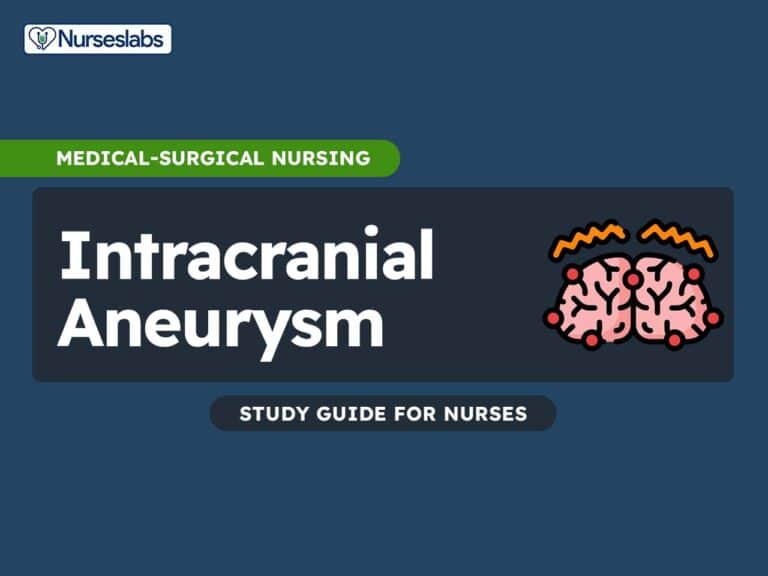




Leave a Comment